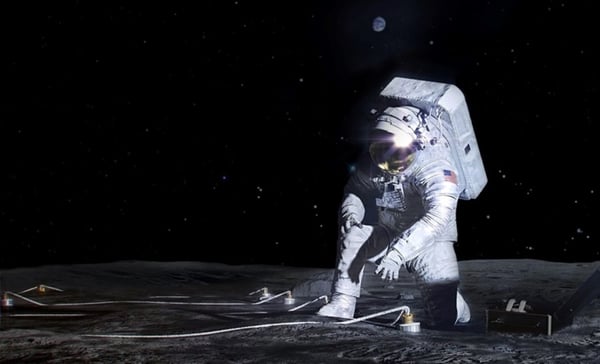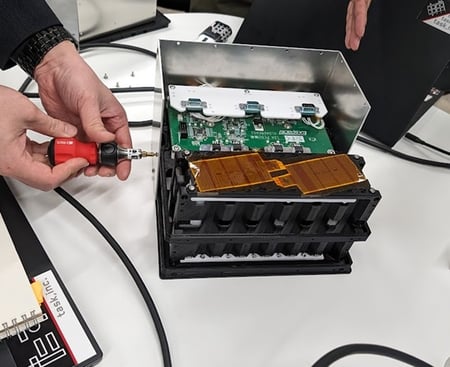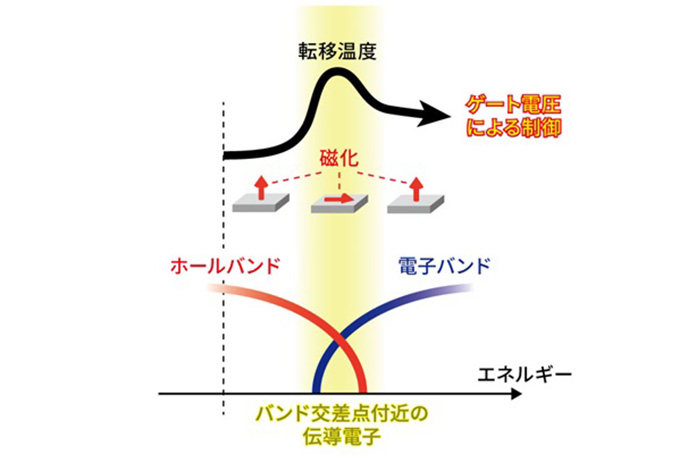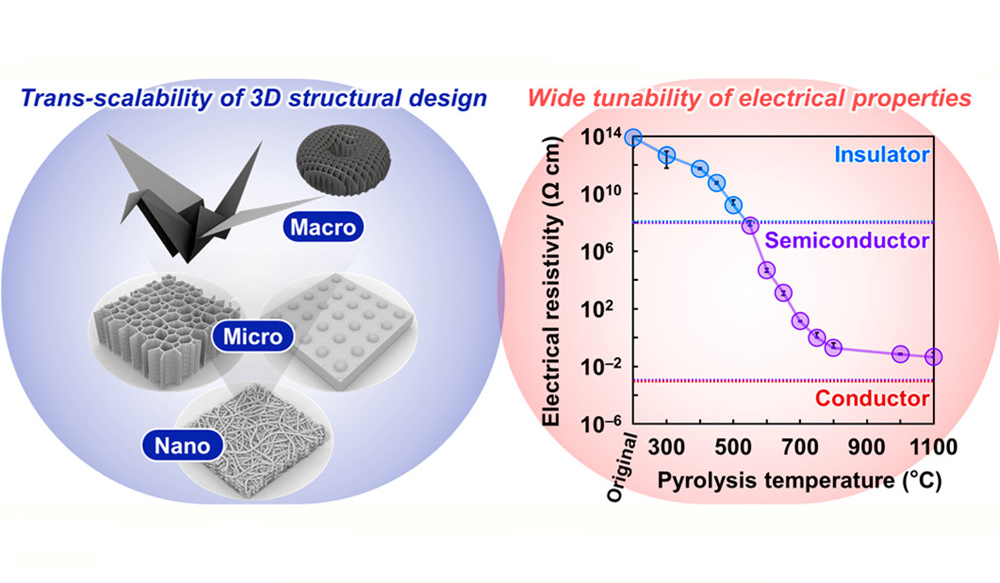UTokyo instrument selected for NASA’s Artemis deployed instrument program
- Lunar Surface Dielectric Analyzer (LDA) has been selected as one of three NASA Artemis Program Deployed Instruments
- LDA measurements will play an important role in future exploration of lunar resources
NASA's Artemis initiative is a series of missions aiming to return humans to the Moon. On the morning of March 27 (Japan Standard Time), NASA announced three scientific instruments selected for deployment by astronauts on the lunar surface, including the Lunar Dielectric Analyzer (LDA), which was proposed by a team from the University of Tokyo.

Artist’s concept of an Artemis astronaut deploying an instrument on the lunar surface. Credits: NASA
The LDA will measure the dielectric properties of the lunar surface. It is designed to be placed on the lunar surface by astronauts and make observations as if it were an independent small base. By measuring the dielectric properties of the lunar regolith, information about the bulk density can be obtained. LDA will also study how the dielectric properties change as the surface temperature changes, which can help provide fundamental scientific data related to the question of whether ice exist in the shallow lunar subsurface.
The LDA team is led by Hideaki "Hirdy" Miyamoto, who is a professor at the University of Tokyo, a senior affiliated scientist at the Planetary Science Institute, and an adjunct professor at the University of Adelaide. He said: "We really appreciate that the Artemis science team sees the merits of LDA. We are very excited to be a part of NASA's great activity on the Moon."
"LDA measures how the soil behaves in an electric field. If ice is present in the lunar soil and bound to dust particles, it can change the behavior, so LDA will help in the search for frost deposits."
"The LDA measurements will provide surface reference data for global orbital observations previously performed by NASA and CNSA. We hope that LDA can provide good synergistic observations with JAXA/ISRO's LUPEX mission and MIC's TSUKIMI."
LDA is an internationally contributed payload. As listed below, the team members come from many institutes of Japan, the US, and Australia.

Prototype model of the LDA
For more information, please contact hm@sys.t.u-tokyo.ac.jp.
LDA team:
School of Engineering, University of Tokyo
Prof. Hideaki "Hirdy" Miyamoto (also affiliated with Planetary Science Institute and University of Adelaide)
Dr. Makito Kobayashi
Prof. Takehiro Himeno
Faculty of Science, Gakushuin University
Prof. Masahito Watanabe
Faculty of Science, Okayama University of Science
Assoc. Prof. Takafumi Niihara
Graduate School of Science, Tohoku University
Assoc. Prof. Atsushi Kumamoto
Andy Thomas Centre for Space Resources, University of Adelaide
Assoc. Prof. John Culton
Lunar Planetary Laboratory, University of Arizona
Prof. Erik Asphaug
ISAS, JAXA
Prof. Tomohiro Usui
R&D Directorate, JAXA
Dr. Toshiyuki Nishibori
You May Also Like
These Related Stories
Molecular insights on confined water in the nanochannels of self-assembled ionic liquid crystal

Band-driven switching of magnetism in a van der Waals magnetic semimetal


